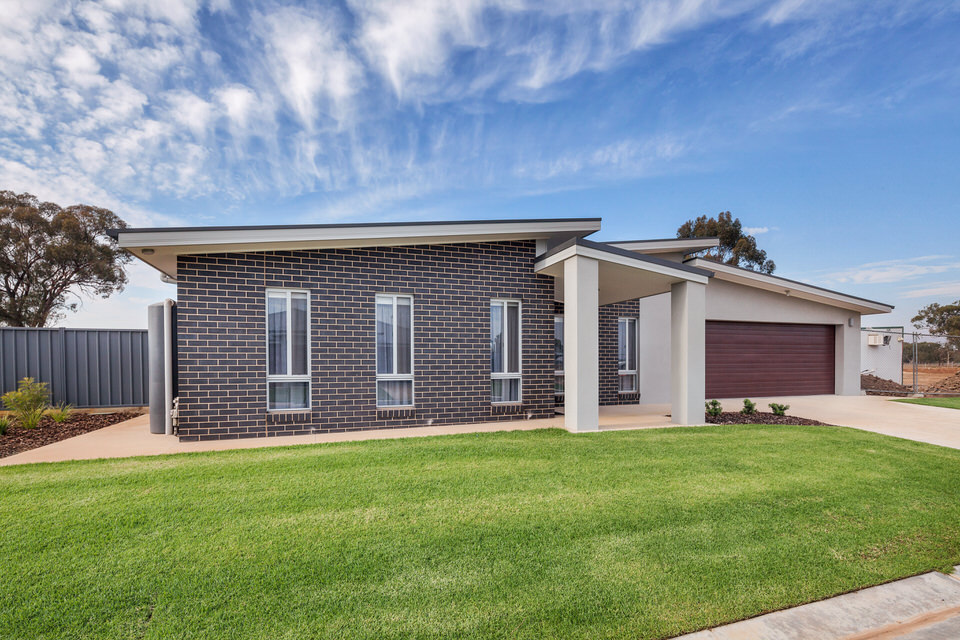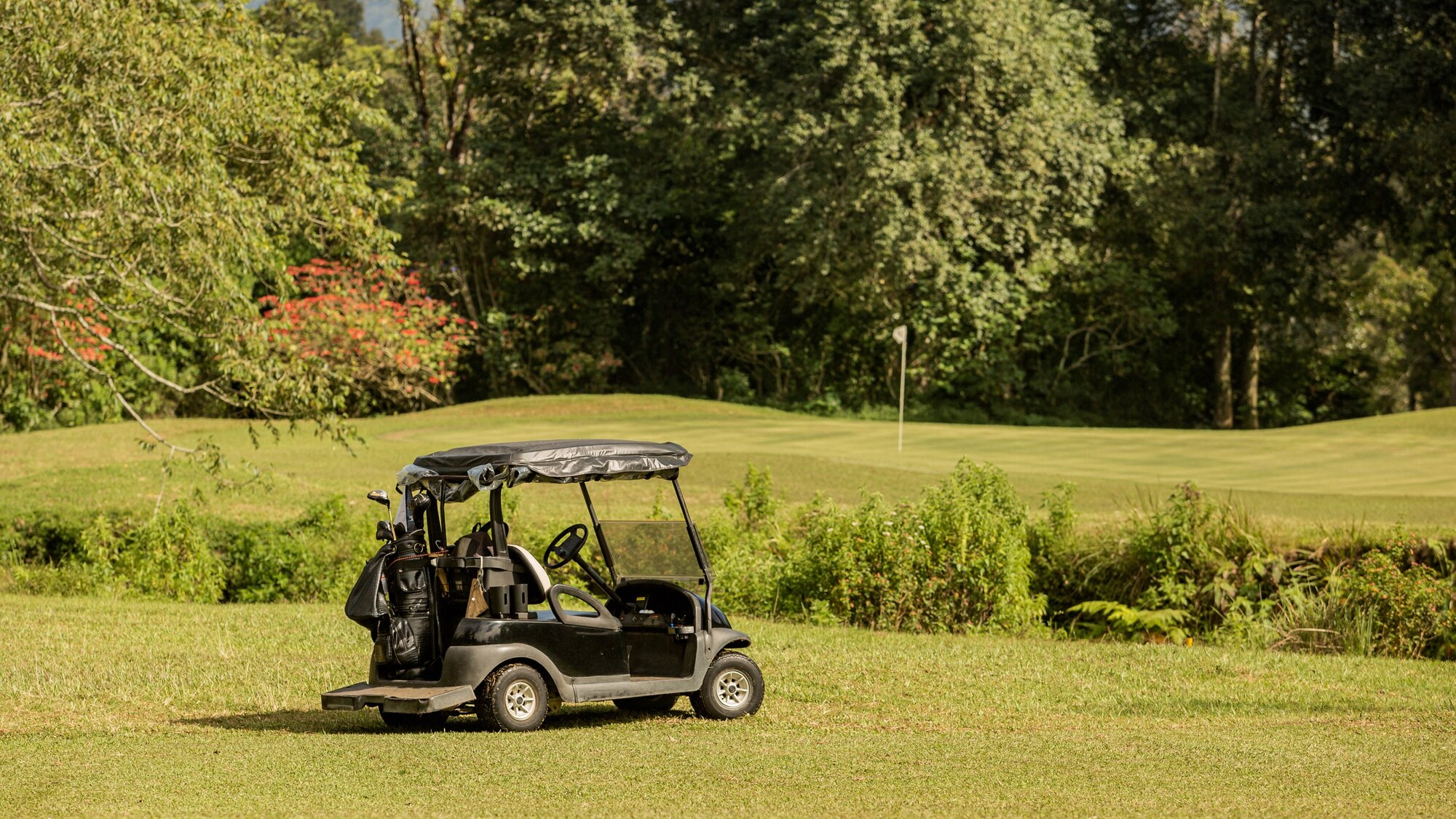When retirement is looming on the horizon, your biggest decisions usually concern where you’re going to live. Will you live in the same place or move to a different one? Do you need less space or more? And in whatever location you choose, will you live in a home, downsize to a unit or move into a retirement village?
These are big questions to consider, and obviously the answers are very individual and personal to each retiree. Retirement villages are a popular choice for many Australian retirees – and for good reason. Retirement communities offer plenty of financial and lifestyle benefits for the retired demographic, providing social interaction, activities and services, and safety and security that’s very attractive for retirees. But if you’re new to this retirement gig, you may be wondering exactly how retirement villages work.
Let’s jump in and find out.

First, what counts as a retirement village?
A retirement village is a community catering for people over a certain age (usually 55 is the minimum, although many people are older) who are retired or semi-retired from full-time work. In fact, the average age of retirement village residents in Australia is 81. The village offers accommodation, facilities and services to meet the specific needs of retirees, and is designed to accommodate a range of lifestyle preferences. Living in such a setting helps create a sense of community amongst residents, as they are usually of similar ages and share similar life experiences.
How do retirement villages work?
Retirement villages provide a complex of residential accommodation and a lifestyle to retirees entering the community. There will usually be some type of contract involved, and residents will have to abide by the rules and expectations of the community setting.
Living arrangements
Often a retirement community will offer a variety of living options within the facility, from fully independent houses, to serviced units and even units offering higher levels of care. Even if the village doesn’t offer higher care levels, it’s entirely possible to receive help in the home, through the government-funded Home Care Packages program, that will enable you to remain in your home for as long as possible. You can choose the accommodation option that suits you best, with the option of changing it later down the track if you need to.
Many retirement village residents are looking to downsize their family home and move into a smaller home or unit that’s maintained for them by the village. This leaves them free to enjoy the communal facilities with none of the hassle of home and garden maintenance that can be so time-consuming.
Costs and fees
Retirement village costs are not as simple as those involved in owning your own home. The terms of occupation and ownership will vary between different communities, but for most, there’ll be three types of fees you’ll need to pay:
- Entry payment
- Ongoing service charges
- Exit fees
The entry payment is likely to be the largest payment, as this is a sum you pay to secure the unit or property for the desired time. This is usually an upfront payment.
The regular ongoing services charges will cover the cost of items such as water supply, electricity, sewerage, building insurance, maintenance, gardening, communal facilities, administrative services, and emergency nurse call services etc. All these costs are involved in running and maintaining the entire village complex, and each resident is expected to contribute. This fee will vary greatly from facility to facility, depending on location and the number of services and ‘extras’ on offer (such as gyms, pools etc.) and is usually paid each month.
You may have to pay a deferred management fee (or exit fee) when you move out of the property, which is usually calculated as a percentage of the entry payment (on average around 30%). You’ll usually receive an exit entitlement, which is the purchase price minus the deferred management fee – but this will depend on what type of contract you are operating under.
Services provided
Retirement villages frequently offer a suite of facilities and services that residents can access. These might include leisure centres, sporting facilities such as tennis courts or bowling greens, recreation areas, communal dining areas or cafes, caravan parking facilities medical or allied health facilities, or parks and gardens. This is convenient for residents, as it means less offsite travel – and cost – to access such services.
Your obligations
Retirement villages are regulated by state legislation, so the exact nature of your obligations will differ depending on your location. You will be obligated to pay all fees and charges in a timely manner however, and to abide by all the rules and regulations required by the community. Failure to do so will have consequences which will be outlined in your contract.
Moving out
But what happens if, for whatever reason, you decide you want to leave your retirement community?
It’s entirely possible to do so (after all, the choice of where you live is yours) and retirement communities are unlikely to lock you into a contract that you can’t get out of. Each individual retirement village will have its own policy and procedure regarding exiting the community (which will include exit fees), so it’s wise to familiarise yourself with this before moving in. You’ll also be responsible for any ongoing fees or changes on your property until it has sold or been leased.
Discover Alumuna, a well-designed and friendly retirement community in regional NSW here: https://www.alumuna.net.au/





Leave a Reply